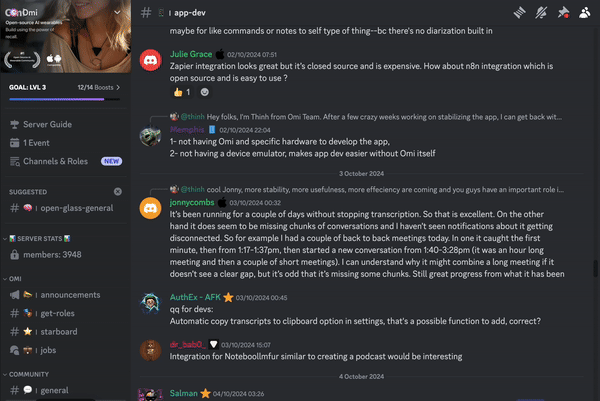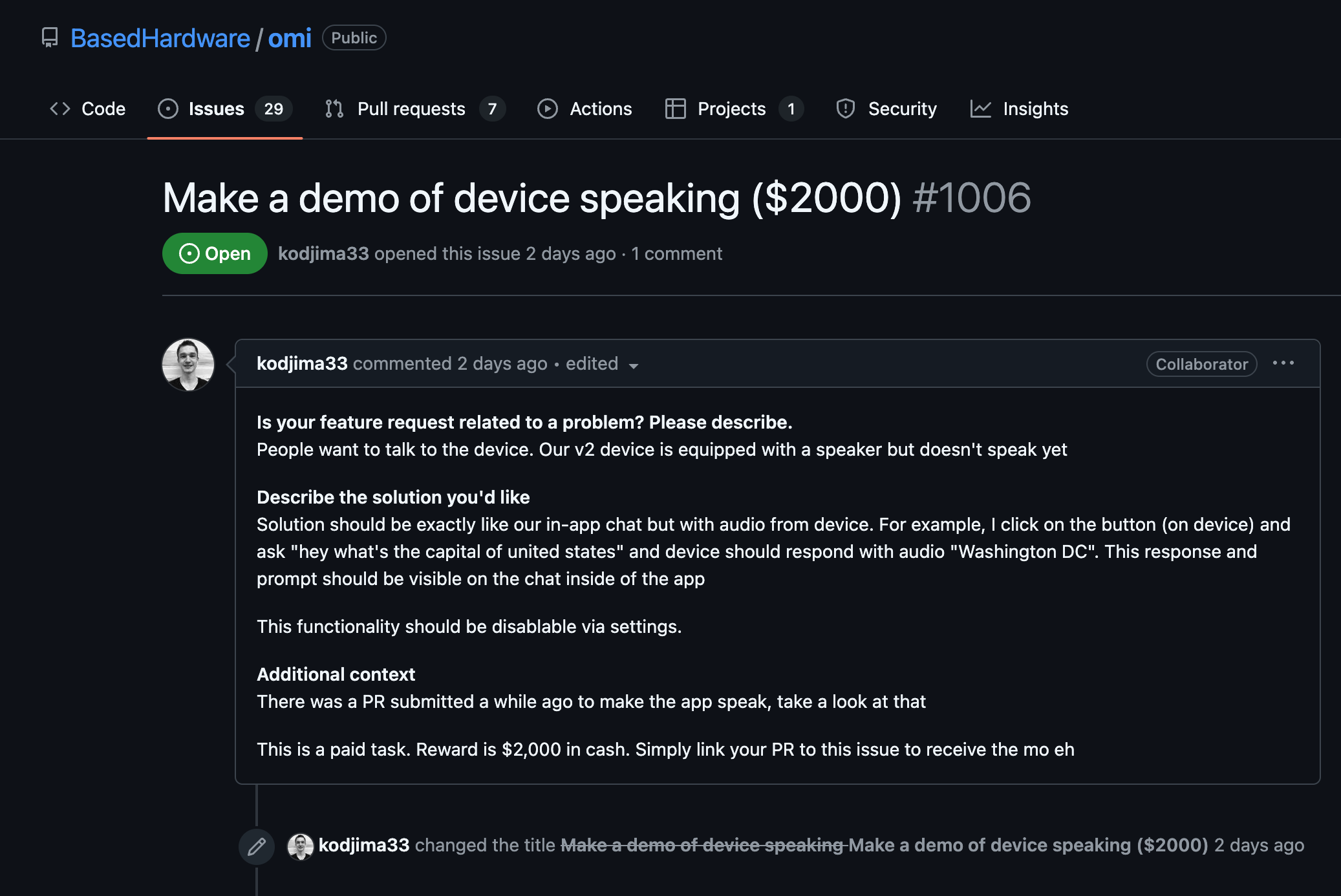Error: Missing or Invalid getServerSideProps Return in Next.js
- The error message "Error: Missing or invalid getServerSideProps return in Next.js" indicates that the server-rendering function,
getServerSideProps, did not properly return the expected shape of data. This function should always return an object with a props key.
- It's vital for
getServerSideProps to return a plain object with a props field, which can optionally contain other fields like redirect or notFound. If the returning object does not contain one of these or returns anything invalid, Next.js triggers this error.
Common Misunderstandings
- An incorrect return type in stark contrast to the expected object can give rise to this error. For example, returning
null, undefined, or a simple string instead of a structured object.
- Forgetting to return any data if certain conditions are not met will trigger this error, potentially causing confusion, especially in larger conditional blocks.
Role of getServerSideProps
- This function runs on the server side for every request. Its primary role is to provide data that populates the page's props during server-side rendering.
- By using
getServerSideProps, developers can fetch data directly on the server before rendering the page to the client, providing a robust framework for dynamic and data-heavy applications.
Using getServerSideProps Properly
export async function getServerSideProps(context) {
try {
const res = await fetch('https://api.example.com/data');
const data = await res.json();
if (!data) {
return {
notFound: true, // or redirect, depending on the requirement
};
}
return {
props: { data }, // will be passed to the page component as props
};
} catch (error) {
return {
redirect: {
destination: '/error', // redirects to an error page
permanent: false,
},
};
}
}
Benefits of Correct Usage
- Enables strong SEO by determining what content is pre-rendered on the server and served immediately to search engines and users alike.
- Ensures that the server computes all necessary data-fetching logic, making client-side rendering more straightforward and lightweight.

























